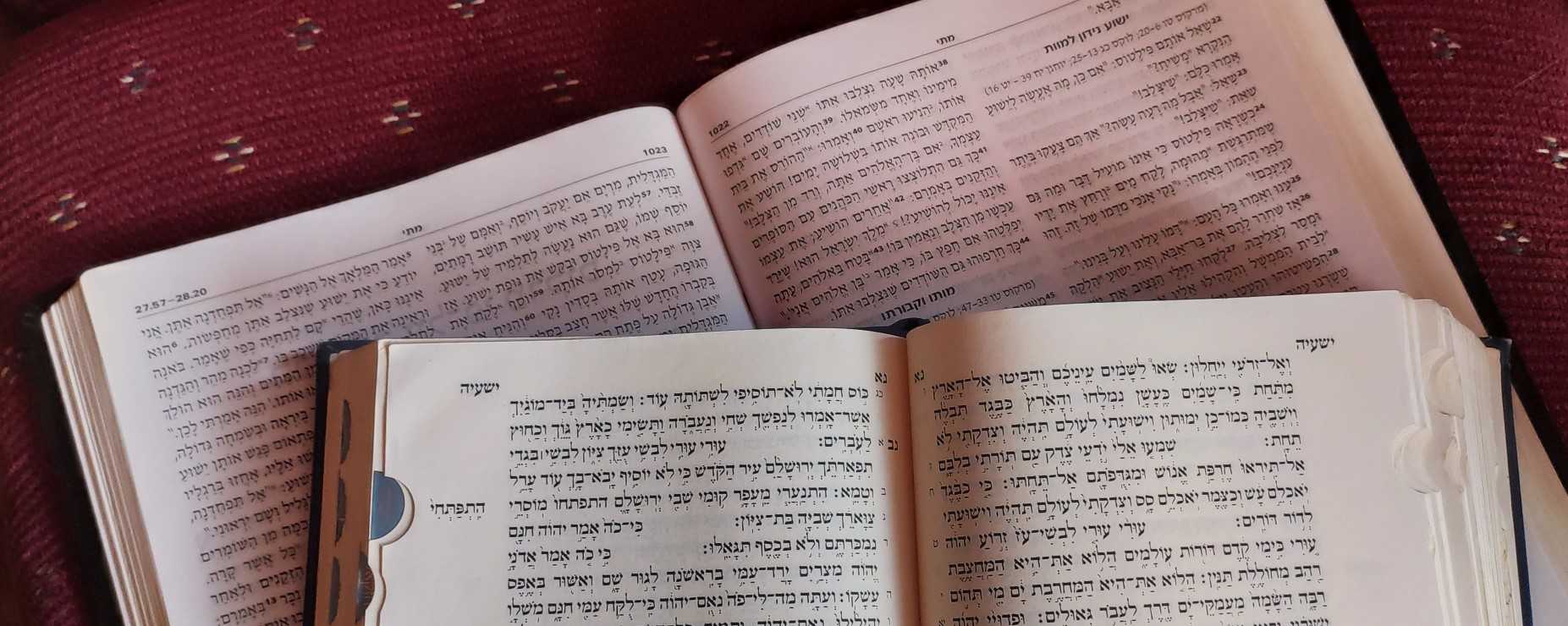
The Servant of the LORD as the Arm of the LORD
What’s the connection between “the arm of the LORD” and “the servant of the LORD”? In the story of the exodus, they represent respectively God’s divine power and His human vessel. The arm of the LORD symbolizes the LORD’s strength and might in His bringing His people from slavery to freedom, while Moses as the LORD’s instrument was called His servant.
The difference between the two is clear. The first is divine, and the second is human. Against this backdrop, it is surprising to discover that in Isaiah chapters 40 to 53, the motifs of the arm of the LORD and the servant of the LORD are used in a way that both demonstrates their distinctiveness but also brings them to a point of correlation which is as significant as it is unexpected.
In those chapters the use of both the motif of arm of the LORD and servant of the LORD is noteworthy. Each of them is charged with its own individual import, and they represent, as in the story of the exodus, the power of the LORD on the one hand and his human instrument on the other. We will look briefly at each, starting with the servant of the LORD.








